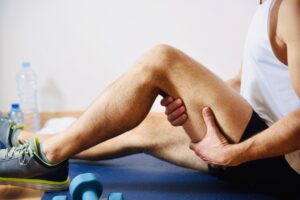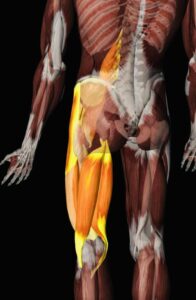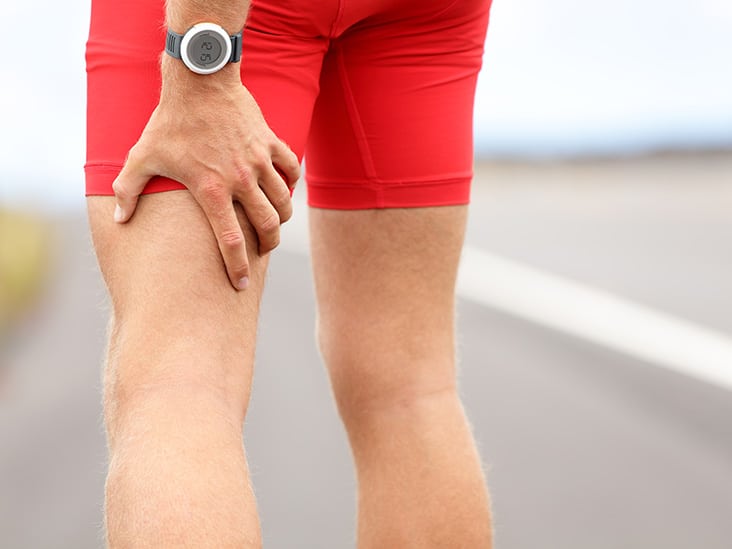By Andrew Siyabalawatte, February 2022.
The short answer is Yes and No. Now for the long answer…
The hamstring muscles, consisting of three essential components, play a dynamic role in walking and running by contracting to bring the leg back and enable knee bending. Beyond gait, they contribute significantly to back and lower limb stability, can tight hamstrings cause knee pain.
How Can Tight Hamstrings Cause Problems?

Tight hamstrings are often associated with discomfort in the back of the thighs, but their influence extends beyond this region, potentially contributing to knee pain. When the hamstrings are tight, they can alter the biomechanics of the lower body, leading to issues such as an anterior pelvic tilt. This shift in pelvic alignment places increased stress on the knee joint, potentially causing or exacerbating knee pain.
How do Tight Hamstrings Relate to Knee Pain?
The hamstring tendons connect the hamstring muscles to the pelvis, as well as to both lower leg bones. An injury to either the tendons or the muscle can cause knee pain.

Like anything in life, doing too much of something is likely not a good thing. Tight hamstrings can result from repetitive movements like running or from prolonged sitting, such as at a desk.
Please keep in mind, muscles adapt to your environment. The Hamstring muscles are no different.
Tight Hamstrings : The Con
Let’s start with this. The natural tension in the hamstring muscles act to keep the lower back upright and maintain its natural curve. If the hamstrings are tighter than they need, they will automatically move the hips and pelvis back in order to accommodate the tightness.
This mechanism in turn will flatten the lower back and increase one’s chance of creating back pain, knee pain or even foot pain.
Tight Hamstrings: The Pro
It is worth noting, that The Hamstring muscles are not supposed to be loose…
Overstretching the hamstring muscles can create weaknesses in the back and the lower limb. This can also lead to lower back pain and mechanical issues with the knee, ankle and foot.
In my practice, I often encounter clients with tight hamstrings but without lower back pain or lower limb issues. If the hamstrings are as tight as necessary, they contribute to strength and stability in the back, safeguarding the lower limb during everyday activities and sporting performance.
Sit and Reach test for Hamstring Tightness
The sit and reach test shown above allows individuals to proactively address tight hamstrings, a major cause of knee pain. This approach can potentially alleviate knee pain and enhance overall lower body function. For personalized advice, consult with a healthcare professional or a physical therapist at our clinic who can guide you based on your specific needs.

Are your hamstrings feeling tighter than they need to be? Feel free to drop us an email or book an appt with us. We will provide you with the necessary advice and expertise to ensure you get the balance just right.

